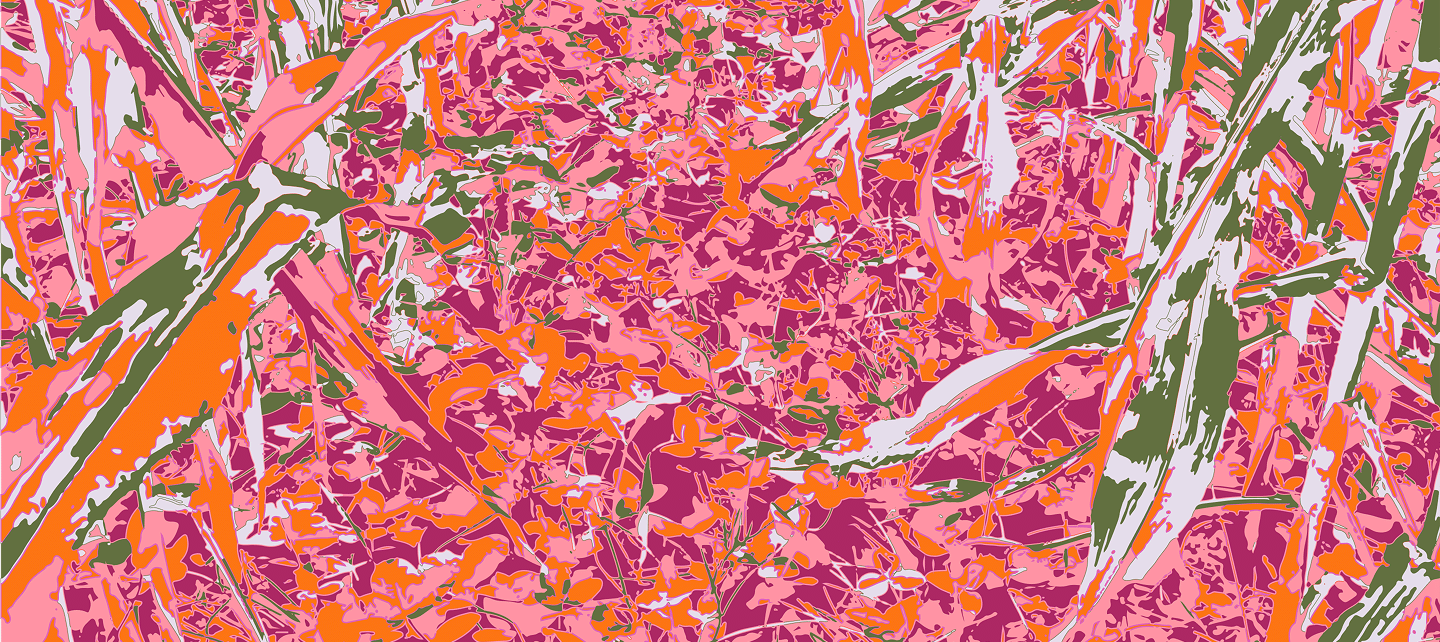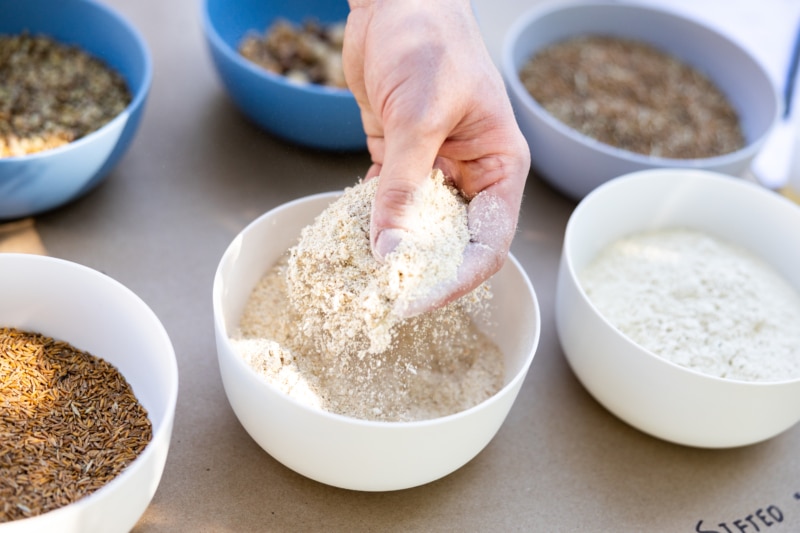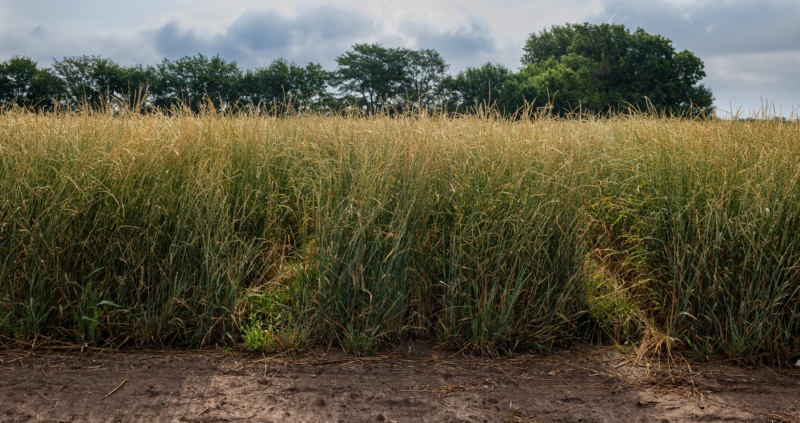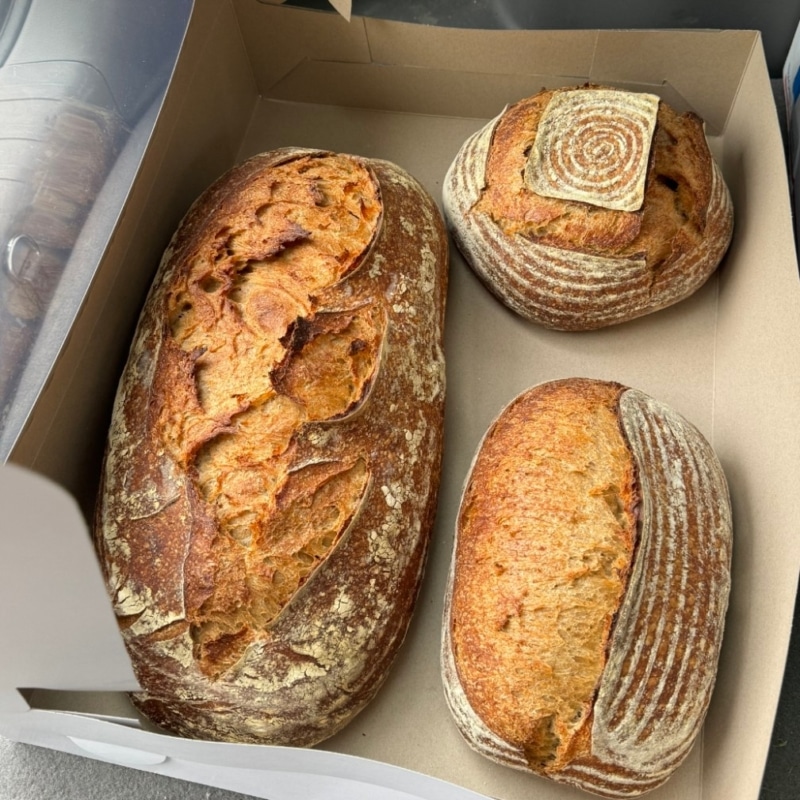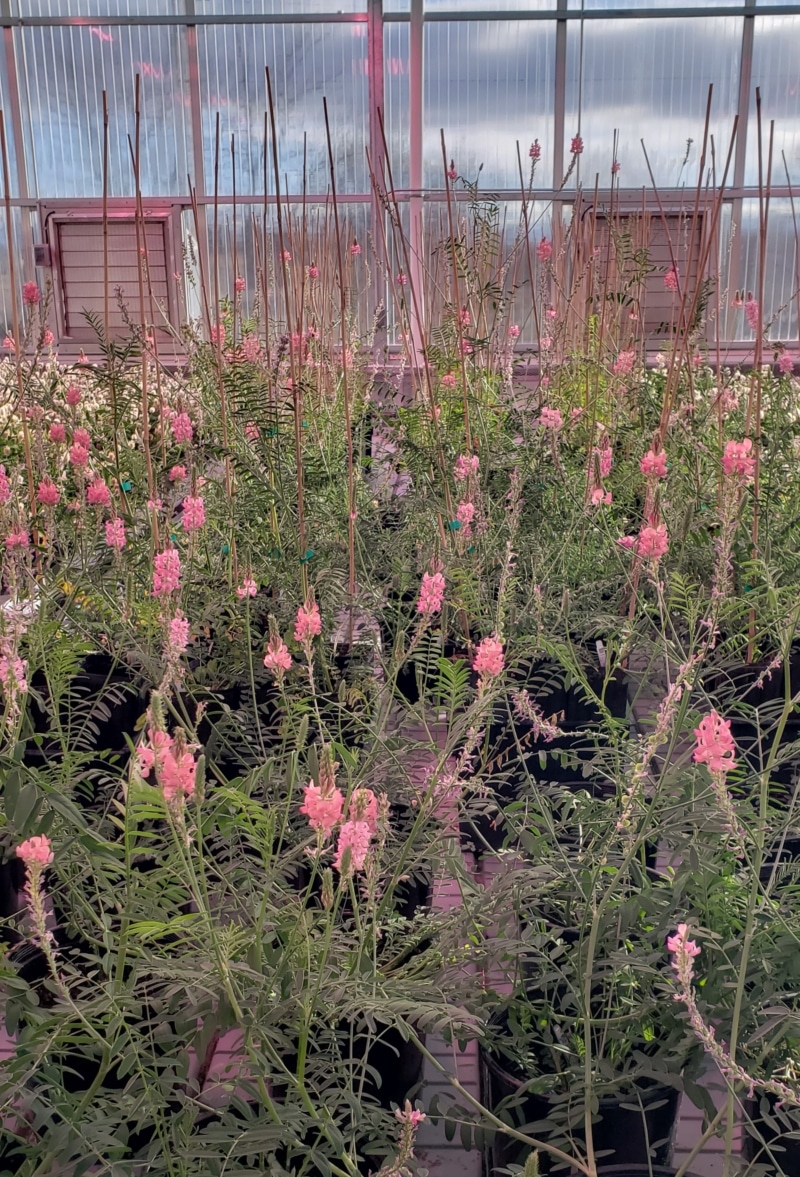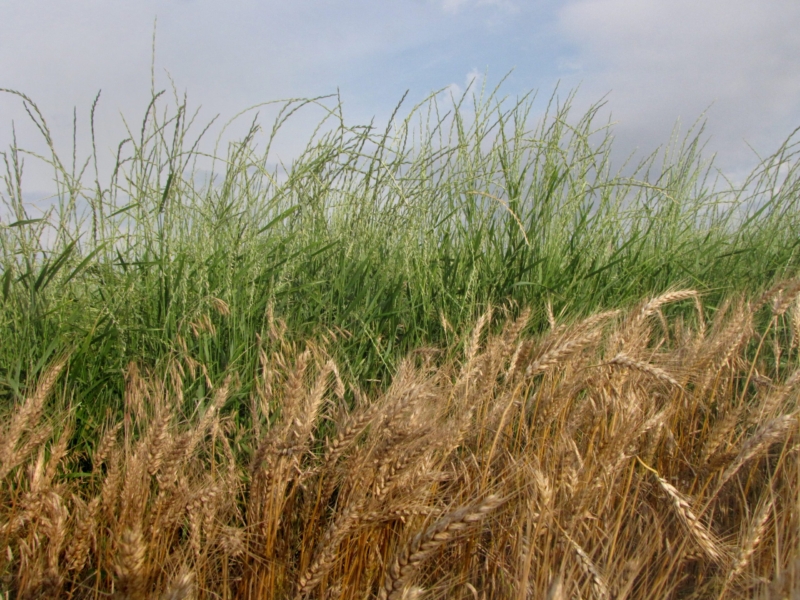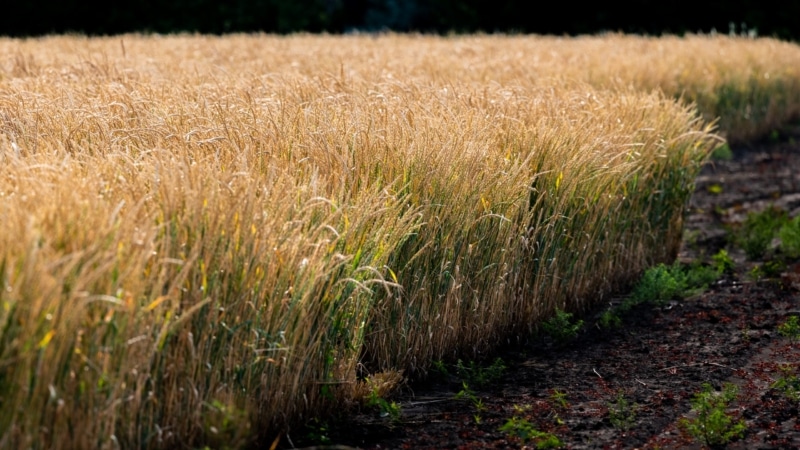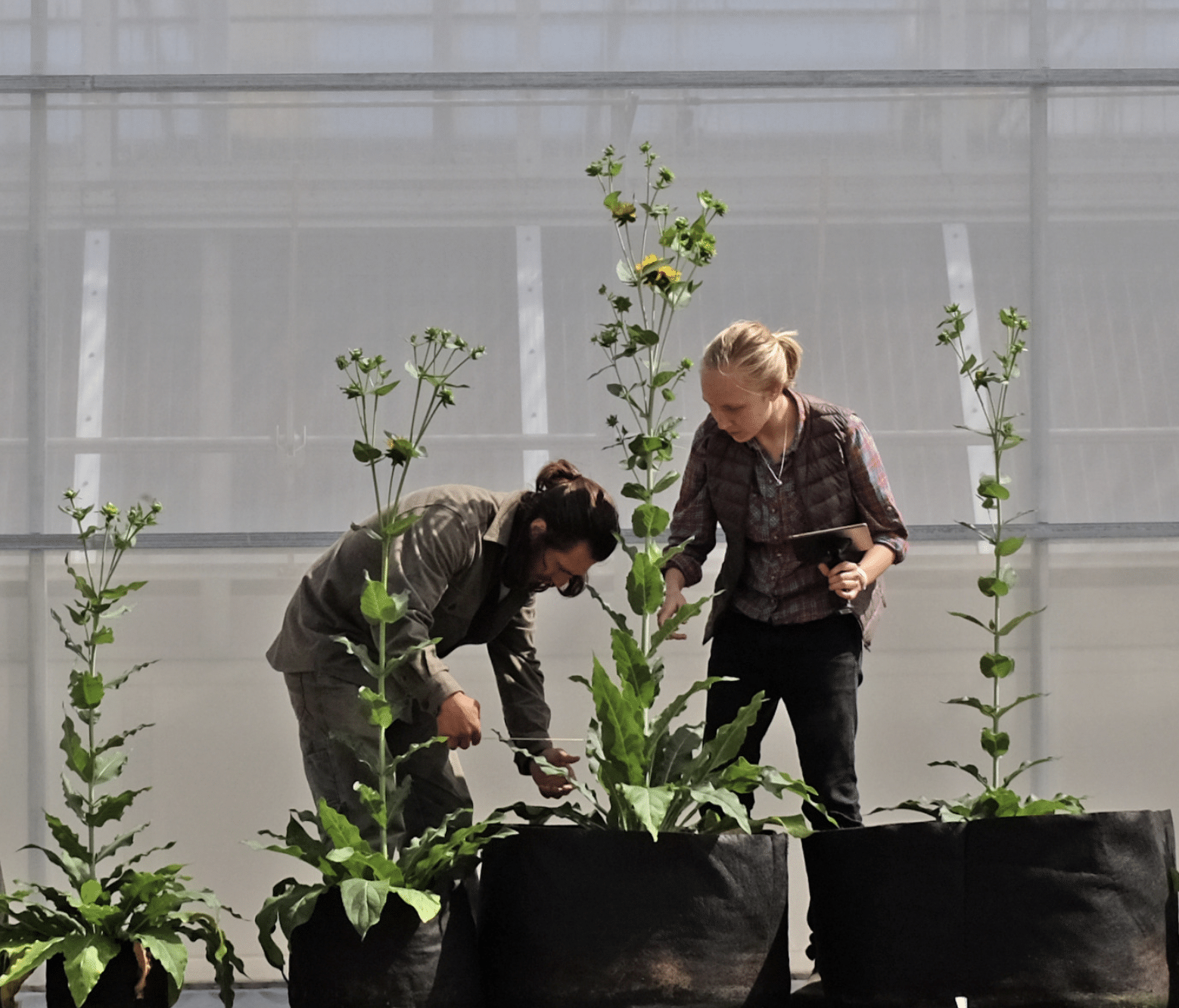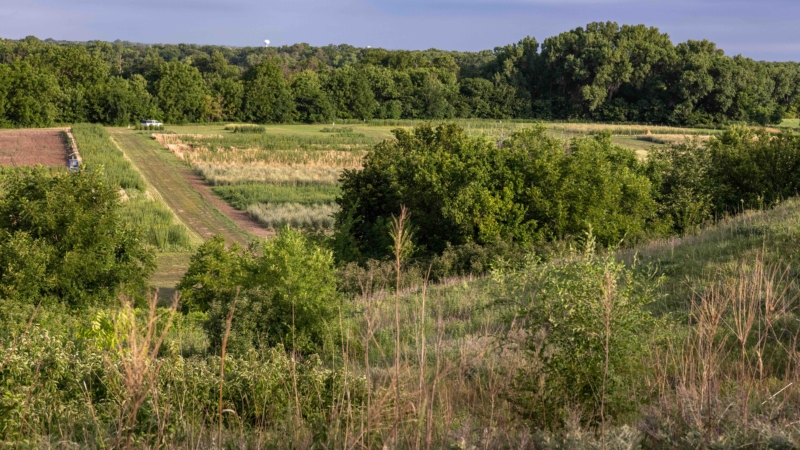Perennial grain research collaborators in Germany, France, Austria, United Kingdom, and US published research indicating that Kernza® perennial grain cropping systems can advance belowground microbial biodiversity compared to annual crops.
Abstract
Background
Perennial cropping systems are increasingly recognized for their potential to enhance microbial biodiversity and beneficial soil functions compared to annual crops. The impact of perennialization on the rhizomicrobiome and endophyte community was assessed by comparing intermediate wheatgrass (Thinopyrum intermedium, commercialized as Kernza®, hereafter called ‘Kernza‘) and annual wheat (Triticum aestivum) associated communities across a north–south European agroclimatic gradient (Sweden, Belgium, and France) over two growing seasons and at two depths.
Results
Between the 2 years, the Kernza-associated rhizomicrobiome was more stable and exhibited greater homogeneity across depths compared to annual wheat. Kernza harboured a significantly more diverse set of crop-associated amplicon sequence variants (ASVs) and had a higher number of core ASVs than annual wheat. Furthermore, Kernza had a significantly higher proportion of rhizobacterial populations in root tissues than annual wheat. Environment-wide association analyses revealed that the Kernza rhizosphere had higher proportions of grassland-associated and rhizosphere-dwelling microbiomes compared to annual wheat. Despite these noteworthy differences, the greatest variation in the rhizomicrobiome composition was driven by factors such as country, year, and depth, rather than crop type. For instance, Actinobacteriota dominated rhizobacterial communities in both Kernza and annual wheat.
Conclusions
Overall, Kernza conferred modest yet clear improvements in rhizomicrobiome community stability and selective endophyte recruitment, supporting its ability to enhance sustainable, microbially-mediated soil functions. Moreover, Kernza hosted significant grassland-associated taxa, suggesting a similarity between Kernza fields and grassland ecosystems.

